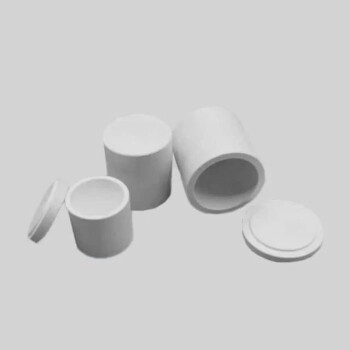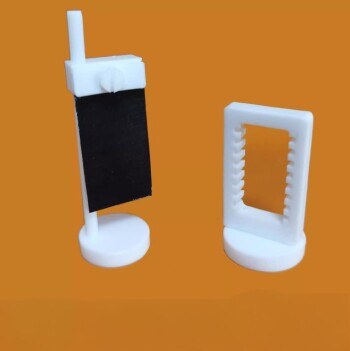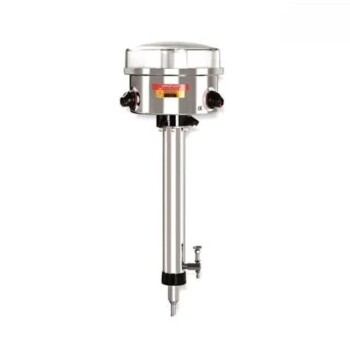Reflux Devices
Reflux Condensing Device
The reflux condensing device is an indispensable tool in organic chemistry, particularly when reactions exhibit sluggish kinetics at ambient temperatures. These reactions often require sustained heating to maintain an active boiling state, ensuring that the reactants remain in constant motion and interaction. By maintaining a continuous boiling condition, this device effectively mitigates the risk of reactant loss, which can otherwise occur due to evaporation or degradation over extended periods.
In a typical setup, the reflux condensing device consists of a heated reaction vessel connected to a vertical condenser. The condenser cools and reverts the evaporated reactants back into liquid form, which then drips back into the reaction mixture. This closed-loop system not only conserves the reactants but also maintains the reaction environment at a consistent temperature, crucial for achieving optimal yields.
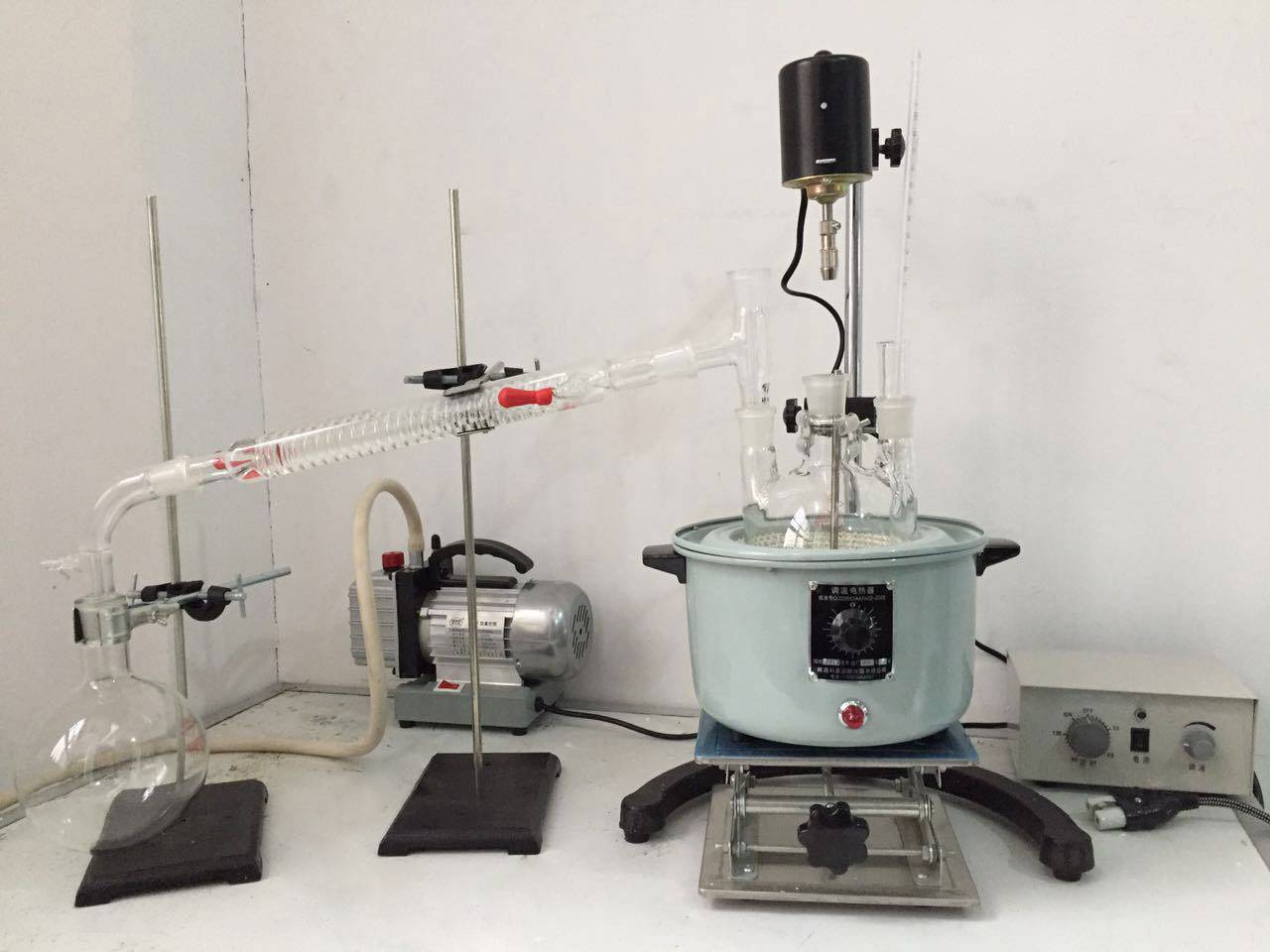
The application of a reflux condensing device is particularly beneficial in scenarios where the reaction progress is temperature-sensitive. For instance, in reactions involving heat-labile compounds or those that proceed through intermediate stages that are temperature-dependent, the controlled environment provided by the reflux setup can significantly enhance the reaction efficiency and product purity.
Moreover, the reflux condensing device is versatile and can be adapted to various reaction conditions, including those requiring inert atmospheres or specific solvent mixtures. This flexibility makes it a preferred choice in both academic research and industrial settings, where the preservation of reactant integrity and the maximization of yield are paramount.
Reflux Drip Device
The reflux drip device is a specialized piece of equipment designed for reactions that are either exothermic or necessitate precise control over the addition of reactants. In such scenarios, uncontrolled temperature spikes can lead to undesirable side reactions or even decomposition of the products. The reflux drip device addresses this by allowing for a gradual, controlled addition of reactants directly into the reaction mixture.
Often used in conjunction with mechanical stirring, this setup ensures that the temperature within the reaction vessel remains stable and within the optimal range. The stirring action helps to distribute the added reactants evenly throughout the mixture, thereby enhancing the efficiency of the reaction and improving the overall yield.
Key features of the reflux drip device include:
- Temperature Control: By regulating the rate of reactant addition, the device helps maintain a steady reaction temperature, crucial for exothermic reactions.
- Yield Improvement: The controlled addition method minimizes side reactions and maximizes the desired product formation.
- Compatibility with Stirring: The integration with stirring mechanisms ensures uniform mixing, further aiding in temperature control and yield enhancement.
This device is particularly valuable in organic chemistry labs where precise control over reaction conditions is paramount for successful synthesis and purification of compounds.
Reflux Water Separation Device
The Reflux Water Separation Device is specifically designed for reversible reactions where water is one of the byproducts. By effectively removing water from the reaction environment, this device helps to shift the equilibrium towards the production of more desired products, thereby significantly increasing the overall yield of the reaction.
This device is particularly advantageous in organic chemistry experiments where the formation of water is a common occurrence, such as in esterification reactions. The continuous removal of water not only aids in maintaining the reaction's forward progress but also prevents the backward reaction, which would otherwise consume the products and reduce the yield.
In practical applications, the Reflux Water Separation Device is often combined with other reflux techniques, such as the Reflux Condensing Device and the Reflux Drip Device, to achieve optimal reaction conditions. This integration ensures that the reaction temperature is well-controlled, reactant loss is minimized, and the overall efficiency of the reaction is maximized.
Distillation Devices
Fractional Distillation Device
Fractional distillation is particularly useful in reactions where the boiling point difference between water and reactants is minimal and they are mutually soluble. This method employs a fractionating column positioned between the boiling flask and the condenser. As the heated liquid mixture vaporizes, the vapors ascend through the fractionating column, where they condense on the packing material or the vigreux teeth. The newly formed vapors then re-distill this condensed material, undergoing multiple cycles of condensation and re-vaporization. Each cycle enhances the separation of components, with the higher boiling point components eventually returning to the boiling flask and the lower boiling point components being carried over to the condenser.
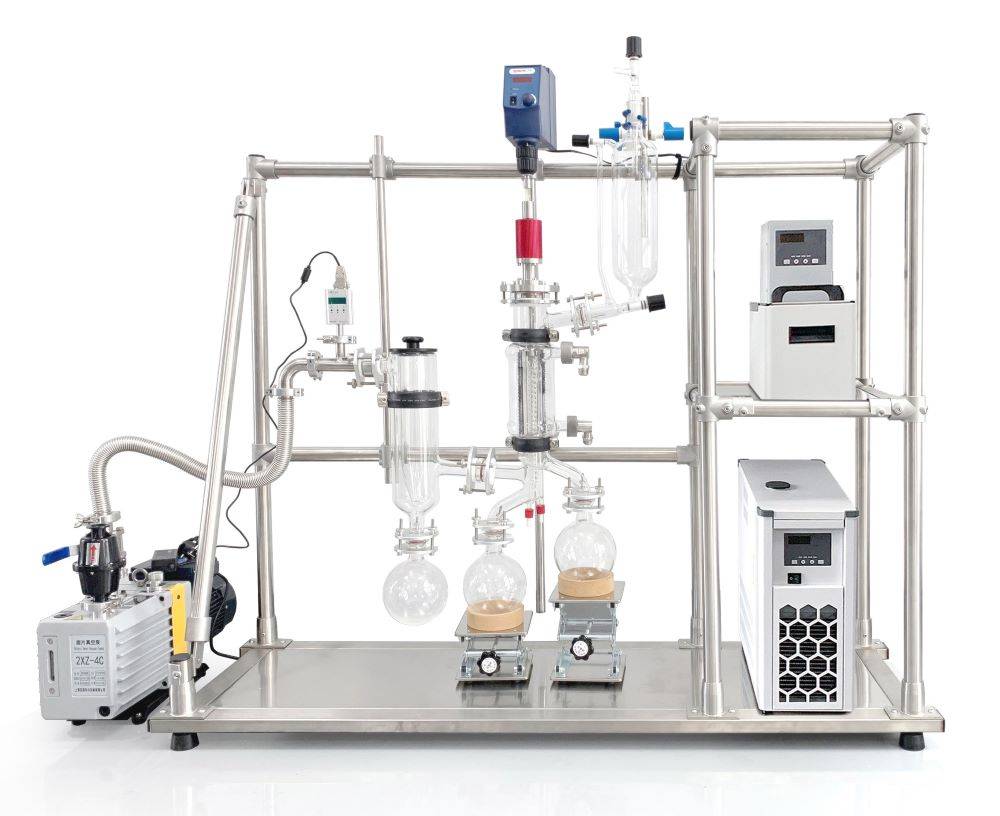
The process involves several key components: a round-bottom flask or distilling flask to hold the mixture, a source of heat such as a fire or hot bath, a receiving flask to collect the condensed vapors, a thermometer to monitor the temperature, and a condenser to cool and condense the vapors. The fractionating column plays a crucial role by facilitating multiple vaporization-condensation cycles, thereby improving the purity of the distillate with each iteration.
For instance, in thin film distillation, the material is fed to the top of a heated cylinder where a blade or roller spreads it into a thin film along the wall. This method excels in limiting degradation due to its fast distillation and reduced degradation, making it ideal for distilling viscous products. However, it comes with higher equipment costs and limited separation capabilities, necessitating careful material preparation like degassing.
In summary, fractional distillation is a sophisticated technique that leverages multiple condensation and re-vaporization cycles to achieve high levels of separation and purity, making it indispensable in organic chemistry for reactions involving closely boiling points and mutual solubility.
Reduced Pressure Distillation Unit
The Reduced Pressure Distillation Unit is specifically designed for substances that are prone to decomposition before they can reach their boiling point under atmospheric pressure. This method leverages a controlled vacuum environment, typically ranging from 0.001 mbar, to facilitate the distillation process without causing thermal degradation of the target compounds.
In contrast to traditional atmospheric distillation, which may lead to the decomposition of heat-sensitive materials, the reduced pressure distillation technique allows for the distillation of these sensitive compounds at lower temperatures. This is achieved by lowering the vapor pressure of the substance, thereby enabling it to vaporize at a temperature significantly below its boiling point under standard conditions.
The effectiveness of this method is particularly evident in the separation of critical, heat-sensitive organic compounds. By operating under a low vacuum, the Reduced Pressure Distillation Unit ensures that the thermal stress on the compounds is minimized, preserving their integrity and purity throughout the distillation process. This makes it an indispensable tool in organic chemistry laboratories where the preservation of molecular structure and activity is paramount.
Moreover, the Reduced Pressure Distillation Unit is not only limited to the purification of heat-sensitive compounds but also finds utility in the separation of substances with very close boiling points, where traditional fractional distillation may fall short. This versatility underscores its importance in the arsenal of experimental devices used to facilitate reactions and improve yields in organic chemistry.
Water Vapor Distillation Apparatus
The water vapor distillation apparatus is specifically designed for the separation of organic substances that are prone to decomposition at high boiling points or are challenging to purify through conventional methods. This technique leverages the principle of water vapor to facilitate the distillation process, ensuring that the target compounds remain intact and are efficiently separated from other components.
One of the primary advantages of using water vapor distillation is its ability to handle substances that are thermally sensitive. By introducing water vapor into the system, the effective boiling point of the organic compounds is lowered, thereby preventing thermal degradation. This method is particularly useful in scenarios where traditional distillation methods would result in the decomposition of the target substance.
Moreover, water vapor distillation is effective for purifying compounds that are difficult to separate by other means. The process involves the simultaneous boiling of water and the organic substance, leading to the formation of a heterogeneous mixture that can be easily separated through condensation. This approach is particularly advantageous for compounds that exhibit limited solubility in water, as it allows for the selective recovery of the organic component.
In summary, the water vapor distillation apparatus offers a robust solution for the separation and purification of organic substances that are either thermally unstable or difficult to purify by other methods, making it an indispensable tool in organic chemistry laboratories.
Related Products
- Evaporation Crucible for Organic Matter
- High Pressure Laboratory Autoclave Reactor for Hydrothermal Synthesis
- Customizable High Pressure Reactors for Advanced Scientific and Industrial Applications
- Custom PTFE Teflon Parts Manufacturer for Hydrothermal Synthesis Reactor Polytetrafluoroethylene Carbon Paper and Carbon Cloth Nano-growth
- Wall Mounted Water Distillation Unit

